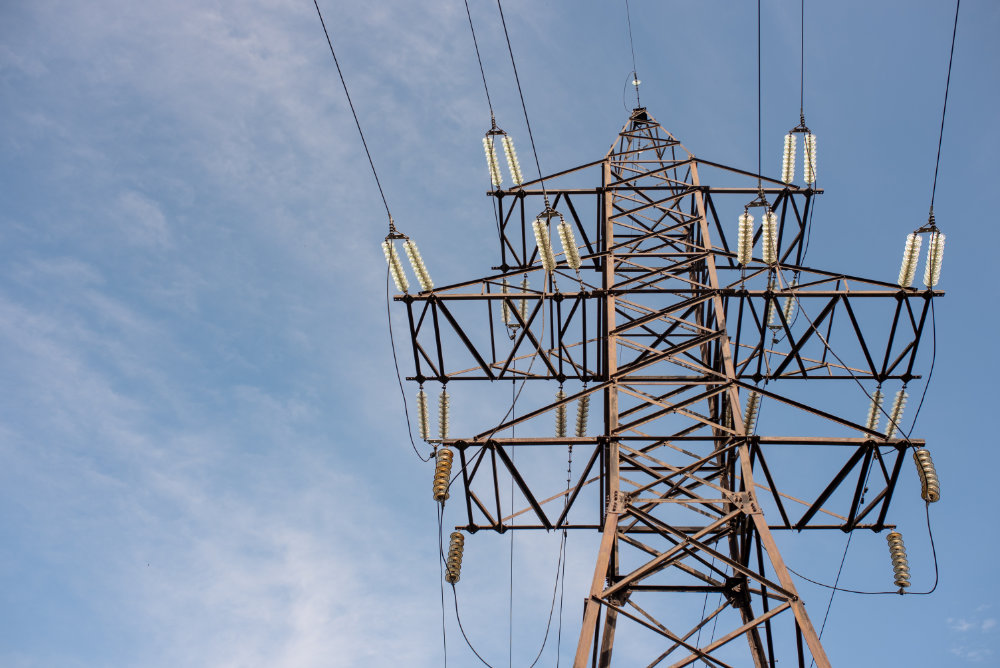IT Services for Energy Industry
The oil and gas sector is undergoing a major technological shift. Energy companies now rely on cloud platforms, IoT-enabled systems, and real-time data to optimize upstream, midstream, and downstream operations.
In this high-stakes environment, even a few minutes of downtime—whether from tech failures or cyberattacks—can halt production, trigger environmental risks and penalties, and result in millions in lost revenue.
Complicating matters further, operations span remote, widely distributed locations. Teams need to securely share critical data—sensor readings, schematics, maintenance reports, and drilling metrics—between field sites and headquarters in real time, across rugged conditions and tight regulatory frameworks.
It’s clear: generic IT support for energy companies won’t cut it. Oil and gas companies need managed IT services for oil and gas providers that understands the demands and pace of energy operations—and can deliver the resilient technology backbone that keeps critical systems online and secure.


Key IT Support Challenges for Energy Companies
These are some of the key IT challenges energy companies are grappling with as they modernize operations:

- Cybersecurity threats to critical infrastructure and OT systems:
Oil and gas companies depend on a mix of OT systems—such as SCADA, GIS, PLCs, and DCS—as well as IT systems for data management, communications, and enterprise resource planning. As these systems become increasingly interconnected, they create more access points for cyber threats like ransomware, phishing, and malware.
The consequences can be severe: a successful breach in a pipeline monitoring system could expose control interfaces, forcing a shutdown of flow for hours. That kind of disruption delays production, and can trigger mandatory compliance reporting, on-site safety inspections, and significant financial loss.
- Limited connectivity in remote and offshore environments
Oil and gas operations often happen in remote or offshore areas where network infrastructure is sparse, unreliable, or entirely absent. Without stable connectivity, it’s difficult to transmit real-time sensor data, access cloud-based tools, or maintain communication with central teams.
These gaps can delay decision-making and disrupt coordination during critical activities like drilling, maintenance, or emergency response. For example, if a remote site in the Permian Basin loses connectivity during drilling, engineers at headquarters may lose visibility into pressure data or fail to intervene when anomalies arise, which means leaving field crew without critical support.
- Aging legacy systems that can’t keep up with modern demands
Despite digital transformation in oil and gas, many energy companies still depend on legacy control systems, custom-built databases, and outdated hardware—none of which are equipped to handle today’s high-tech demands. Because they aren’t compatible with cloud platforms, mobile tools, or modern cybersecurity protocols, it becomes difficult to scale, automate, or secure operations.
For example, a pipeline operator using an outdated SCADA system may struggle to integrate with modern cloud-based analytics tools, limiting their ability to monitor flow rates or detect anomalies in real time.
- Mounting pressure to meet regulatory compliance standards
Oil and gas companies operate under some of the most rigorous environmental, operational, and cybersecurity regulations—governed by frameworks like NERC, FERC, and SOX. These standards require detailed audit trails, strict access controls, and clearly documented security practices across both IT and OT environments.
Without the right infrastructure and processes in place, even small oversights, like a missed software patch or an unlogged access attempt, could lead to penalties, or operational shutdowns.
- Disconnected systems across field sites, offices, and the cloud
Oil and gas operations involve a wide network of field sites, corporate offices, and cloud-based environments—each often running different tools, workflows, and data formats. Without a unified IT infrastructure, this fragmentation creates silos that hinder decision-making, introduce errors, and limit operational visibility.
For example, if field data is logged locally but not synced with HQ’s planning tools, teams may unknowingly work from outdated or incomplete information.
CITOC
Cybersecurity in Houston
1080 W Sam Houston Pkwy N #130, Houston, TX 77043, United States

Why Oil & Gas IT Requires a Specialized Approach
Technology defines two core layers of oil and gas infrastructure: Information Technology (IT) and Operational Technology (OT). These environments must operate in sync to support everything from industrial control on the rig to data analytics at headquarters.
IT powers enterprise applications, cloud systems, and communication platforms. OT controls the physical infrastructure—SCADA networks, PLCs, and field sensors—that make drilling, refining, and pipeline operations possible.
On top of that, these systems must perform in harsh conditions, withstand limited connectivity, and meet strict regulatory scrutiny, all the while without disrupting timelines tied to exploration, production, or logistics.
IT outsourcing for energy sector demands a partner who understands the unique relationship between enterprise IT and industrial OT. And one who can deliver integrated, rugged, and secure solutions that keep production moving and operations on schedule.
How CITOC Supports Oil & Gas Companies
CITOC delivers solutions that directly address the operational and technical challenges energy companies face every day:
Cybersecurity for remote rigs and control systems
CITOC provides cybersecurity for oilfield operations. It secures your IT and OT perimeter with layered protection, including firewalls, intrusion detection systems (IDS), endpoint protection, network segmentation, and multi-factor authentication. These controls help prevent breaches in SCADA networks, pipeline control systems, and field equipment, where downtime or tampering could halt operations or trigger serious safety risks.
24/7 support to minimize downtime across all sites
In oil and gas, unplanned downtime of just 3.65 days can cost a company over $5 million. That’s why CITOC provides around-the-clock support to resolve issues fast, before they get the chance to escalate. Whether it’s a network outage at a remote rig or a system failure at headquarters, our team delivers real-time troubleshooting and direct access to experienced technicians to keep your operations running without interruption.
Cloud solutions that work even in low-bandwidth environments
Oil and gas crews often operate in remote regions where connectivity is limited, but access to cloud applications, data, and communications is still mission-critical. CITOC’s managed IT services for oil and gas gives you access to cloud environments optimized for these conditions—allowing secure data transmission, file syncing, and remote access even in bandwidth-constrained areas like offshore platforms or rural well sites.
IT strategies that support long-term exploration and production goals
Exploration and drilling operations follow long, tightly scheduled cycles. With so much riding on timing, energy companies can’t afford IT decisions that are rushed or made too late. CITOC develops proactive IT roadmaps to help you plan infrastructure upgrades, scale systems for new sites, and deploy technologies that support seismic data analysis, drilling optimization, and asset tracking.
Compliance support with documentation, audits, and policies
From NERC and FERC to SOX and evolving cybersecurity frameworks, oil and gas companies must prove they’re meeting stringent standards across IT and OT systems. CITOC helps you stay audit-ready with secure system architectures, access controls, real-time monitoring, centralized log management, and clear documentation. We support compliance from the ground up, so you’re prepared for every inspection, policy update, or security mandate that comes your way.
Schedule a Meeting With Experts from Our IT Company in Houston
Why Energy Companies Choose CITOC for IT Support and Cybersecurity
CITOC has been supporting Houston’s energy sector for over 30 years. Over the years, we have earned a reputation for delivering high-impact IT solutions that align with field operations and corporate strategy. Here’s why we are the go-to provider for IT services for oil and gas companies:
- Proven experience in the energy sector: With three decades of IT leadership in Houston, we understand the technical, regulatory, and operational pressures of upstream, midstream, and downstream operations.
- Deep knowledge of IT-OT integration: From SCADA systems to enterprise platforms, we bridge the gap between control networks and corporate infrastructure to ensure secure, synchronized performance across your entire operation.
- Responsive local support: CITOC is based in Houston. Being local means we can respond quickly to incidents, upgrades, or location-specific needs, whether it’s a rig in the field, a refinery terminal, or your corporate headquarters.
- Scalable, field-tested solutions: As your operations grow, we design and implement IT systems that scale seamlessly across new sites, assets, and teams.
- Strategy-driven technology planning: We align technology decisions with your production targets, field logistics, timelines, and compliance requirements.
Discover The CITOC Advantage: IT Outsourcing Built for the Oil and Gas Sector
CITOC helps oil and gas companies power productivity and protect critical systems—on the ground and in the cloud. Whether you’re managing remote rigs, refining facilities, compliance, or corporate IT environments, we’re here to make sure your technology moves as fast as your operations.
Let’s talk. Contact CITOC today to schedule a consultation and see how we can support your team, your timelines, and your long-term goals.
